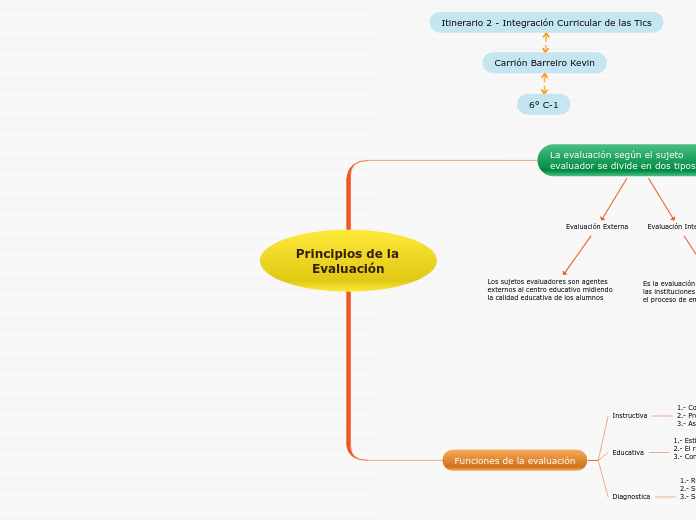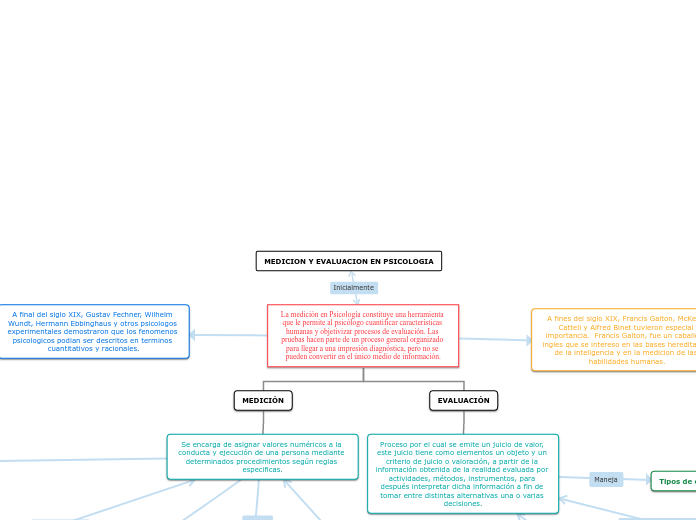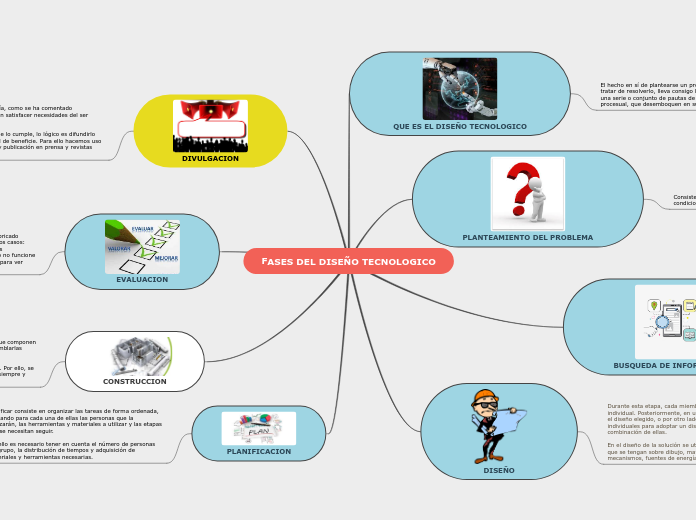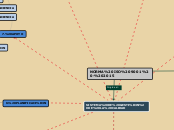Itinerario 2 - Integración Curricular de las Tics
6° C-1
Carrión Barreiro Kevin
Principios de la Evaluación
To name your story, you have to think about the overall message and what you want your audience to understand from the story. Also, make it relevant and easy to remember.
Funciones de la evaluación
The ending of a story is essential. We all know that if the ending is weak, what happened before loses its importance. So make it unpredictable, but fair. A resolved ending answers all the questions and ties up any loose threads from the plot.
Diagnostica
1.- Revela al educador los logros y deficiencias en los alumnos mediante los instrumentos y técnicas evaluativas utilizadas.
2.- Se obtiene una información desde el punto de vista cualitativo y cuantitativo sobre la generalidad y la individualidad de los alumnos.
3.- Se revela como ha sido el cumplimiento de los objetivos propuestos por el maestro o profesor.
Educativa
This is the closure section of the story.
See examples of possible outcomes below:
- all problems have been solved
- it's clear how each one of your characters ends up
- your main character is transformed by the challenge
1.- Estimulo al esfuerzo realizado
2.- El resultado de cada control debe constituir una rendicion de cuentas del cumplimiento de sus deberes
3.- Contribuye a la formacion de convicciones y cualidades morales positivas.
Try answering these questions to come up with a closure:
- Have all the problems been solved?
- Is there a clear picture of what happens with each character in the story?
- Has the challenge transformed your main character?
- How do the characters feel in the end?
Instructiva
This is the moment when the main character surpasses the last obstacle and finally faces their greatest challenge.
The climax usually follows one of these patterns:
- realization
- resolution
- choice
Type in your answer.
1.- Contribuye a la sistematización, generalización y profundización del contenido.
2.- Propicia la actividad independiente.
3.- Asimila la nueva materia de una forma mas efectiva.
La evaluación según el sujeto evaluador se divide en dos tipos:
The middle of the story is where you add layers of complications that will lead to the end. Reveal more about the character's journey. Did their personality go through changes? How did they overcome the challenges? And as you build up the story’s central conflict, make it more personal to that character. Also, from the middle act, you have to lead into the final act.
Evaluación Interna
Your character(s) need(s) motivation in order to solve the challenge(s).
Es la evaluación realizada por los miembros de las instituciones educativas que intervienen en el proceso de enseñanza-aprendizaje.
Why does your character need to confront this challenge? What does he/she expect to accomplish by solving it?
See a few examples:
- will marry in 3 days
- can fix the mistakes of the past
La autoevaluación: en esta evaluación los evaluadores tienen la libertad de evaluar sus propios trabajos, por ejemplo los alumnos pueden evaluar su propio rendimiento.
La coevaluación: es la evaluación donde los sujetos se evalúan mutuamente, entre alumnos y docentes evaluándose mutuamente intercambiando sus roles.
La heteroevaluación: se evalúan actividades o productos, realizada por los docentes para tomar una decisión sobre el desempeño o conocimiento de los alumnos.
Evaluación Externa
Each story has a main character and that character usually needs to solve a problem or challenge. The character's challenge is the one that creates tension throughout the story.
Los sujetos evaluadores son agentes externos al centro educativo midiendo la calidad educativa de los alumnos
Type in any other challenges which other characters in the story need to face.










